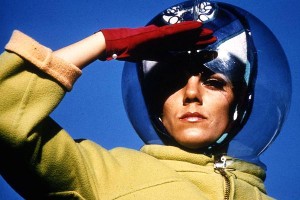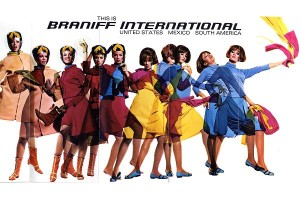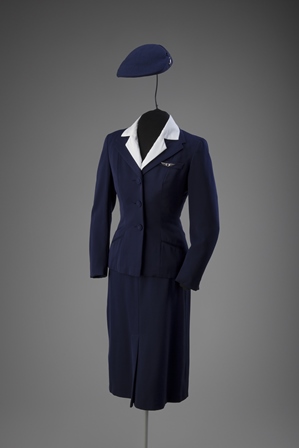Here’s part of a fun slide show I put together for CNBC Road Warrior and NBC News Travel on some fashionable and, at times, frivolous uniforms worn by airline flight attendants over the years.
Since 1930, when efficient, caped nurses became the first stewardesses, it’s been a tradition for flight attendants to look great while making sure airline customers are comfortable and safe.
The role of the flight attendant hasn’t really changed, but cabin crew outfits certainly have. Here’s a look at some of the chic, fashionable and intriguing uniforms that have been spotted in the skies.
In 1930, Ellen Church became the first airline stewardess after convincing Boeing Air Transport (now United Airlines) that the presence of onboard nurses would go a long way in helping early passengers overcome their fear of flying.
Seven other registered nurses soon joined Church’s team, gathering to pose for this photo wearing uniforms made of dark green wool, with matching green and gray wool capes.
“Back in the 1940s, 1950s and early 1960s all stewardess uniforms looked alike,” said Cliff Muskiet, curator of Uniform Freak, an online museum of flight attendant uniforms. The only colors used were navy blue, dark green and brown for winter uniforms and light blue, light green and beige for summer uniforms, said Muskiet.
It gave stewardesses “a very conservative look,” he said. During the mid-to-late 1960s, however, airlines began turning to fashion designers and ad agencies to cultivate a hipper, sexier image for flight attendants. In 1966, Braniff International Airways crew members would be hard to miss wearing this eye-catching, geometric print dress with matching tights by Italian designer Emilio Pucci.
A titillating print and TV advertising campaign for Braniff in 1965 was called the “Air Strip” and featured a Pucci-designed uniform with several layers that could be removed during a flight.
“The TV commercial depicted a stewardess performing an airborne striptease,” said Victoria Vantoch, author of “The Jet Sex—Airlines Stewardesses and the Making of an American Icon.”
“Braniff turned the stewardess into a patently sexual icon and other airlines soon followed,” she said.

Image: Braniff Bubble Helmet Braniff Collection, The History of Aviation Collection, Eugene McDermott Library, University of Texas at Dallas.
In the mid-1960s Pucci also created an unusual clear plastic bubble helmet as part of the uniform line designed for Dallas-based Braniff. The helmets weren’t intended to be worn into space, but rather to protect a flight attendant’s hairdo if she needed to walk across a windy tarmac.
I’ll be back with part two of this slide show in a future post, but in the meantime, here’s a link to the full slide show on CNBC Road Warrior.














